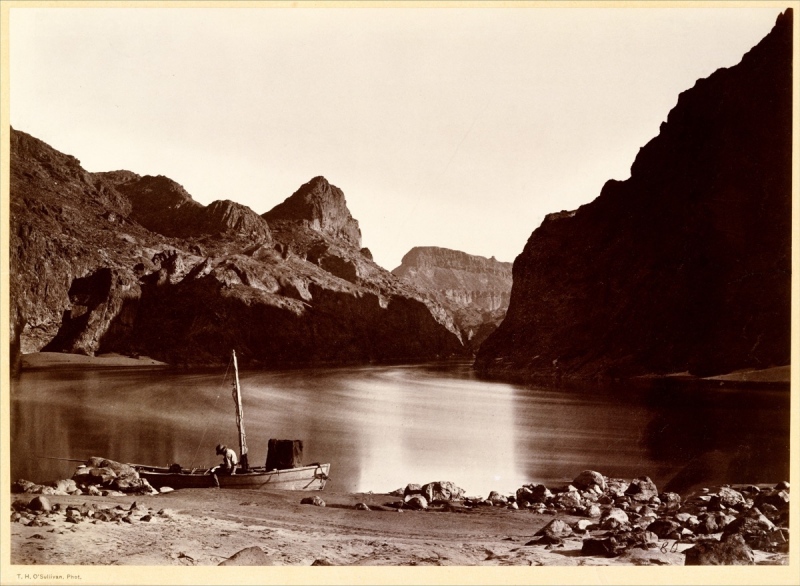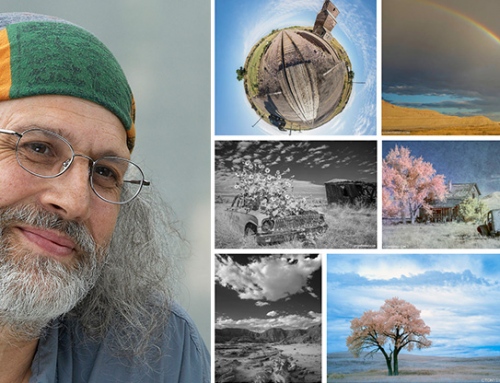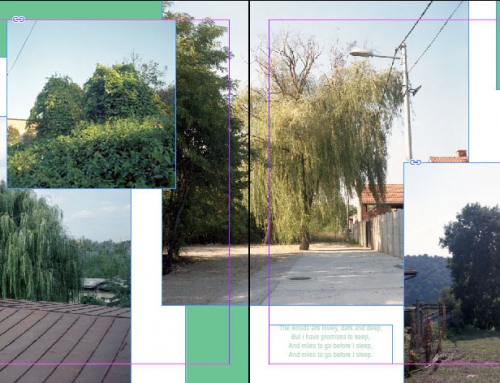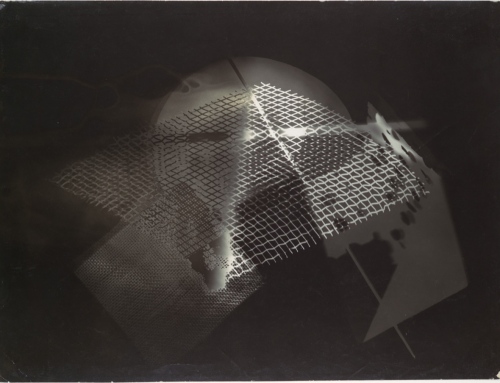One of the more popular motifs of 19th century photography was most definitely the landscape. Photographs have the power to bring faraway lands into our homes. The first landscape photographers had a great responsibility of faithfully reproducing places that people have never seen before. The world is constantly changing and it is only natural for photography to be changing with it. Let’s take a look at some of the photographers that shaped the world of landscape photography.
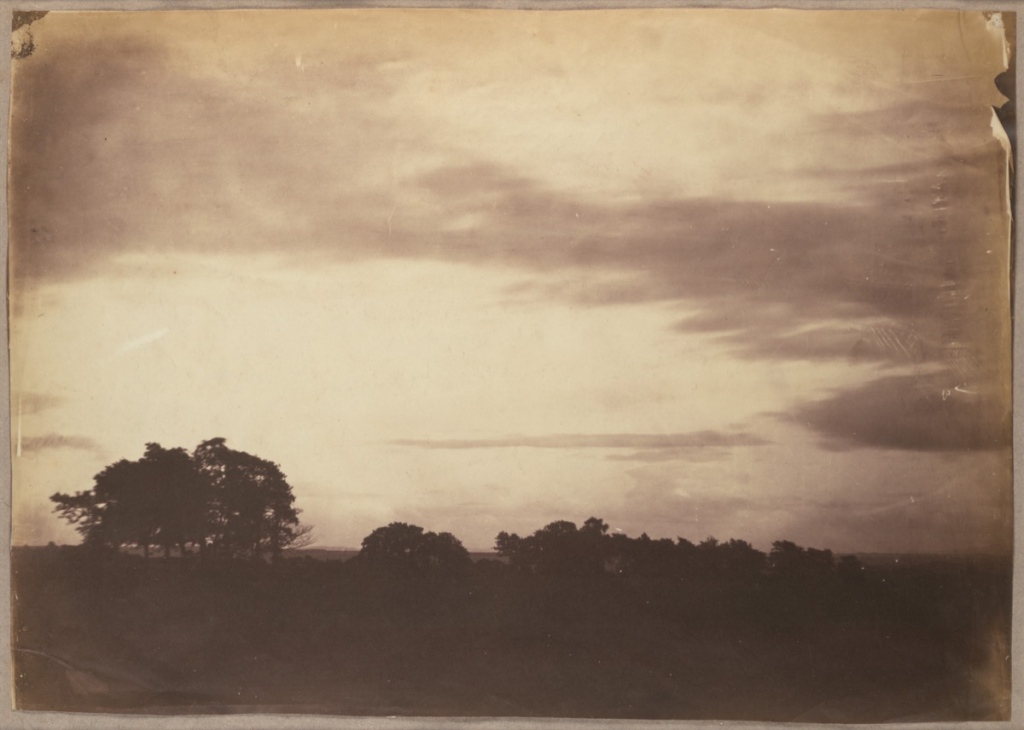
Roger Fenton (British, 1819 – 1969)
Landscape with clouds, 1856, Salted paper print from glass negative
31.4 x 44.3 cm (12 3/8 x 17 7/16 in.)
The Metropolitan Museum of Art, New York
Photographs of Egypt
Francis Frith, a photographer from England, helped shape the world of 19th century landscape photography. He travelled to the East multiple times between 1856 and 1859. He published multiple books about his travels to Egypt, Palestine, Jerusalem, Sinai, etc. In Frith’s photographs, the frames become openings into spaces. You can almost imagine a path between the stones and landmarks that guide you into the distance. Clearly, Frith thought about how to evoke the feel of things, how to show exactly what it was like to be there.
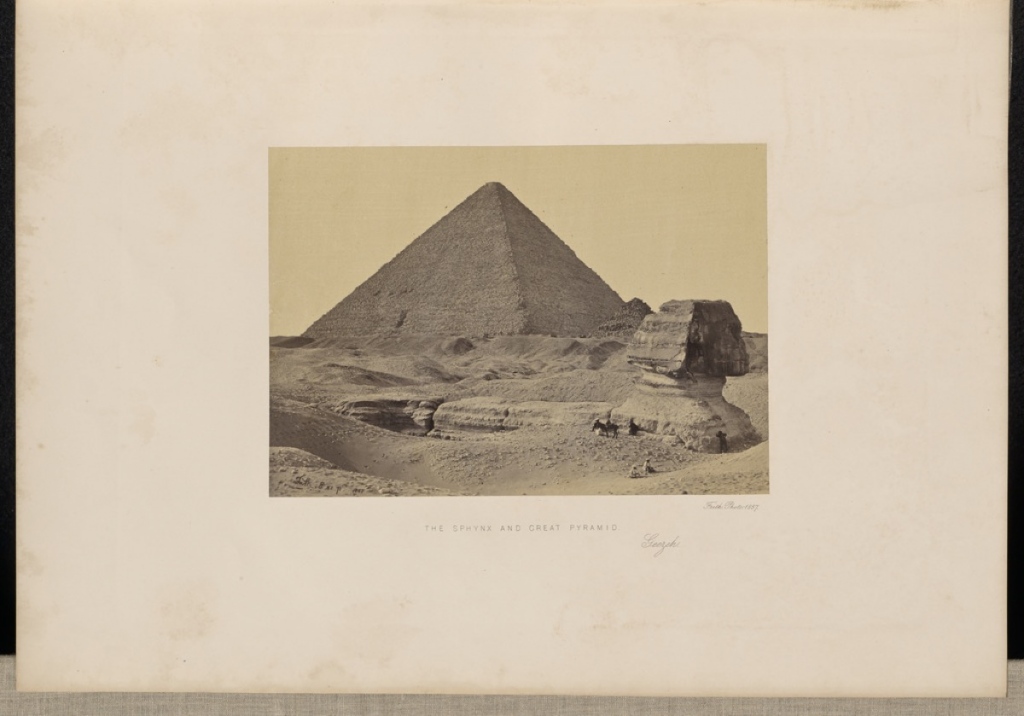
Francis Frith (English, 1822 – 1898)
The Sphynx and Great Pyramid, Geezeh, 1857, Albumen silver print
15.7 x 22.5 cm (6 3/16 x 8 7/8 in.)
The J. Paul Getty Museum, Los Angeles
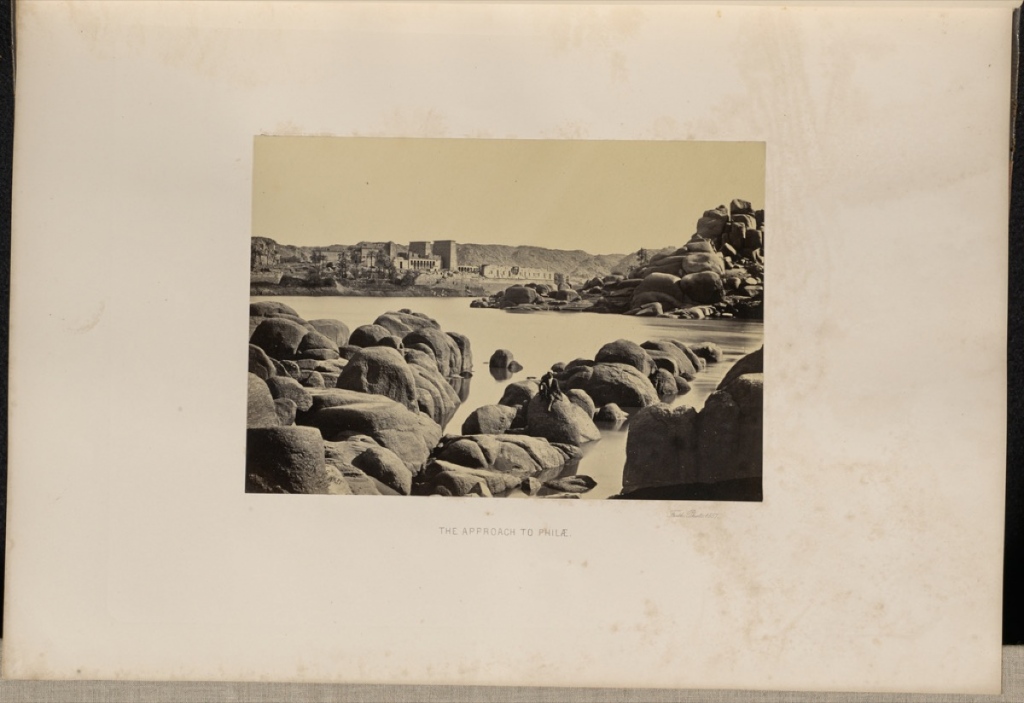
Francis Frith (English, 1822 – 1898)
The Approach to Philae, 1857, Albumen silver print
16 x 23.2 cm (6 5/16 x 9 1/8 in.)
The J. Paul Getty Museum, Los Angeles
Landscapist in California
In 1861 Carleton E. Watkins began to photograph in Yosemite Valley. He used a giant camera, which took plates of 18 x 21 inches. In 1868, a book was published – The Yosemite Book, illustrated mainly by Watkins’ photographs. The English photographer Eadweard Muybridge also took photographs in Yosemite Valley. In their photographs, Yosemite is a land of inhuman scale but with no traces of human inhabitation. Photographs of the Yosemite Valley were a great achievement for 19th century landscape photography. They portrayed it as big and impressive and a natural monument to the American people.
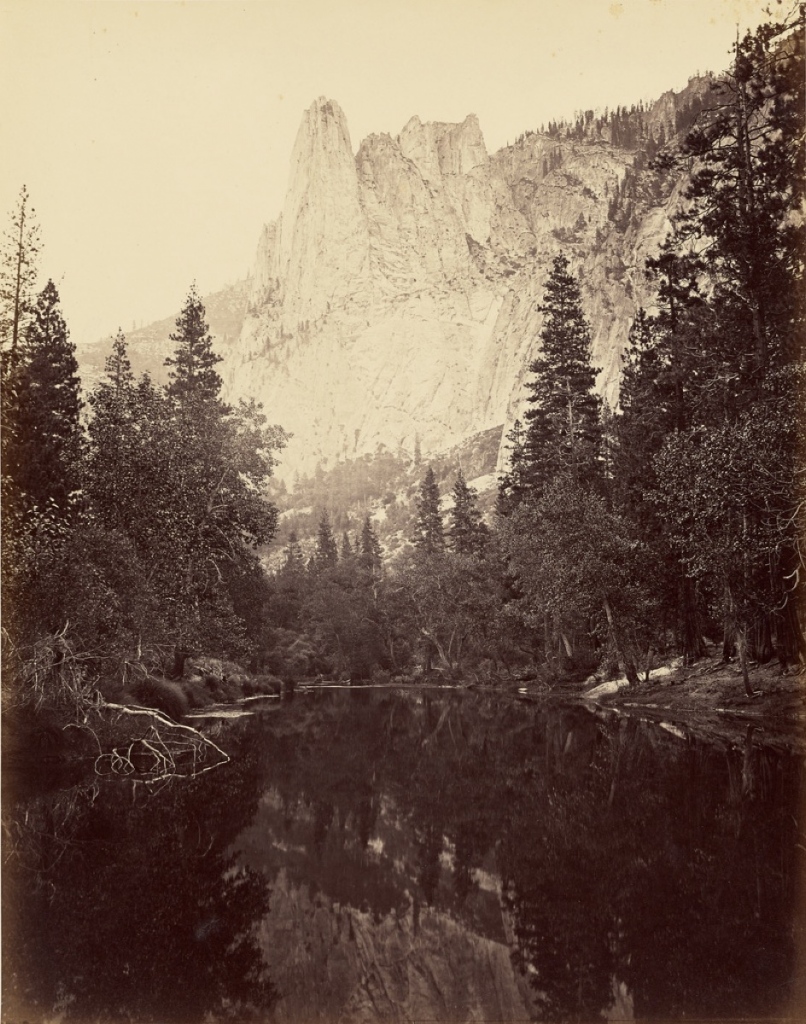
Carleton Watkins (American, 1829 – 1916)
The Sentinel, 3270 ft., 1865 – 1866, Albumen silver print
51.6 x 41.1 cm (20 5/16 x 16 3/16 in.)
The J. Paul Getty Museum, Los Angeles
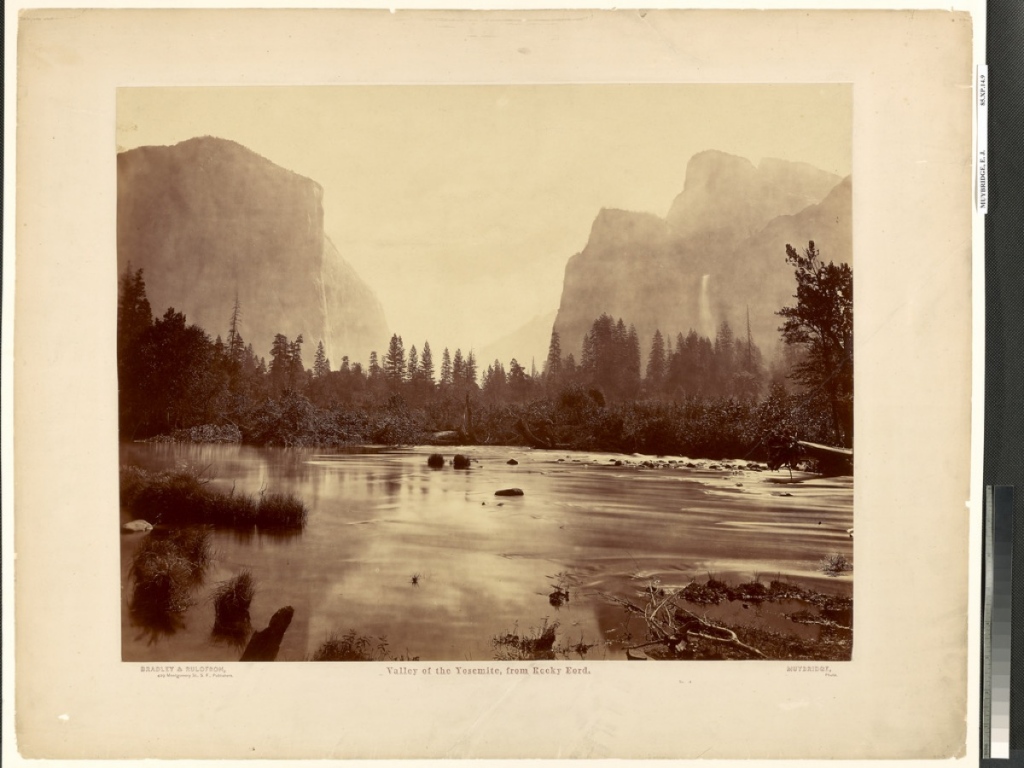
Eadweard J. Muybridge (American, born England, 1830 – 1904)
Valley of the Yosemite, from Rocky Ford, 1872, Albumen silver print
42.9 x 54.5 cm (16 7/8 x 21 7/16 in.)
The J. Paul Getty Museum, Los Angeles
Contemporary landscapes
As the landscape is ever changing, so are photographs of landscapes. Nature is less intact and man-made landscapes govern the natural world. As opposed to 19th century landscape photography, in the 70’s in America, photographers reinvested their attention towards topographical and architectural photography. They were interested in the ecological consequences of industrial progress. While these issues are social and political, the visualizations stay more or less objective from a photographic stand point. Some polemical questions are raised for the viewer, but the photographer seems impartial.
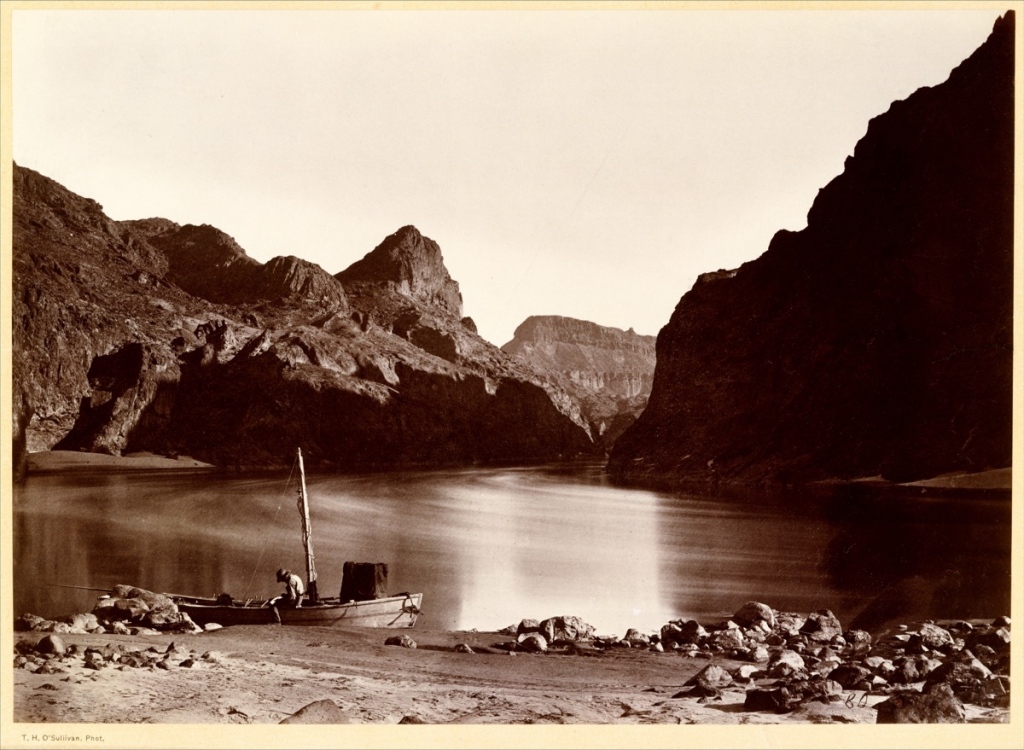
Timothy H. O’Sullivan (American, born Ireland, 1840–1882)
Black Cañon, From Camp 8, Looking Above, 1871, Albumen silver print from glass negative
20 x 28.1 cm (7 7/8 x 11 1/16 in.)
The Metropolitan Museum of Art, New York
Deadpan
The deadpan aesthetic is a cool, detached and sharp style of photography. It moves art photography outside the sentimental and subjective. Although the 19th century landscape photography of Francis Frith and Carleton Watkins was most likely seen as exotic at the time, their emotional investment to the subject seems removed. The photographs engage the viewer emotionally, but the photographer’s emotions are unclear. Here lies the power of photography as a tool for seeing beyond an individual’s perspective.
